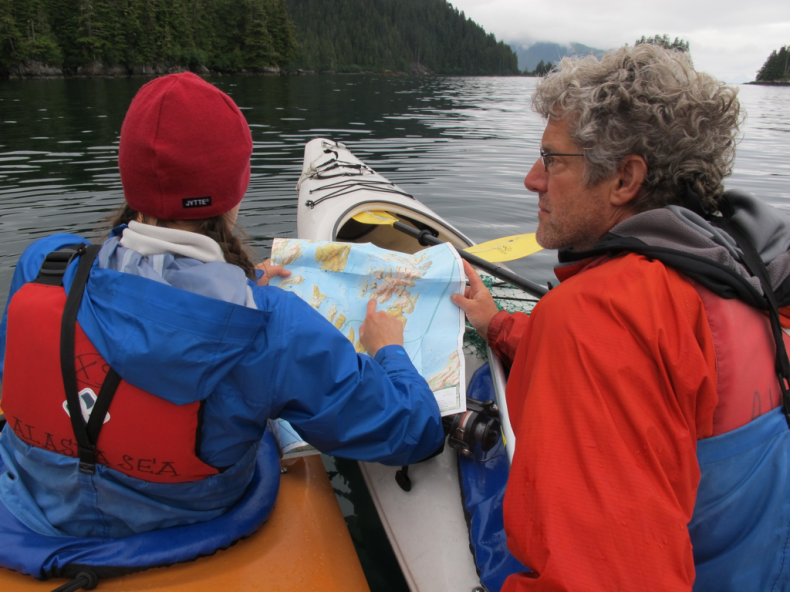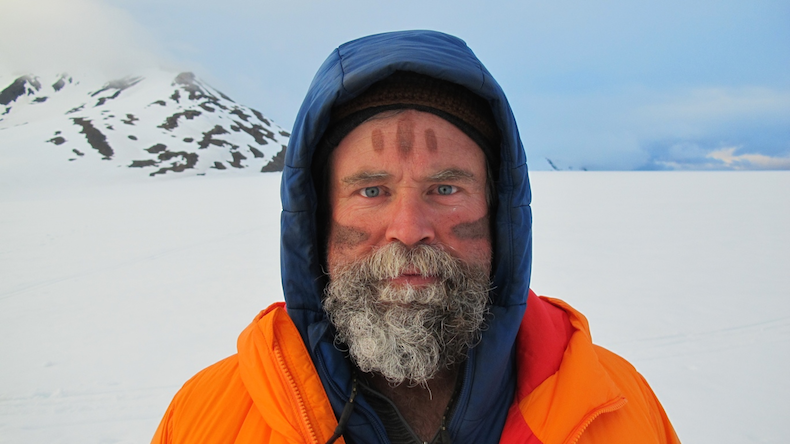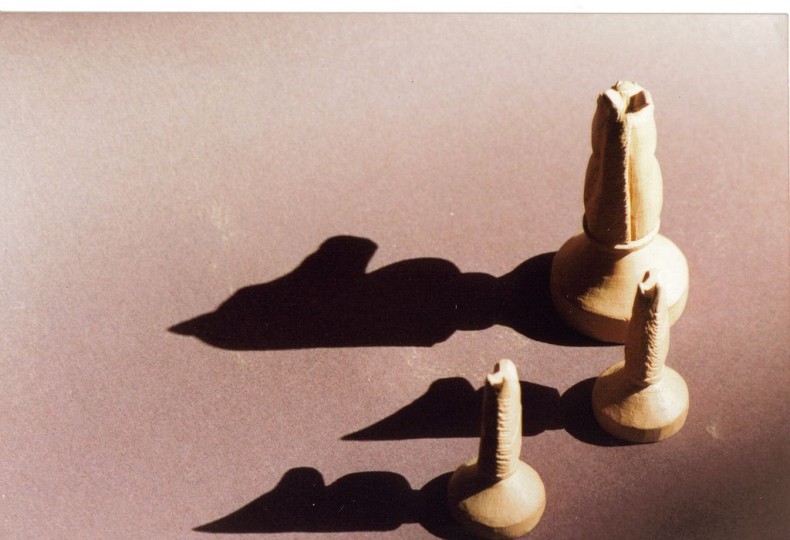 Camped with seven adults and five children on the south-central coast of Alaska, I was doing a little writing experiment. I had been following possible Paleolithic routes, taking off with adventurers across glaciers and mountains to get a sense of living and traveling in the same landscapes people faced tens of thousands of years ago. One thing was missing: families.
Camped with seven adults and five children on the south-central coast of Alaska, I was doing a little writing experiment. I had been following possible Paleolithic routes, taking off with adventurers across glaciers and mountains to get a sense of living and traveling in the same landscapes people faced tens of thousands of years ago. One thing was missing: families.
Following a hypothesized coastal migration route from 16,000 years ago, we headed out in a gaggle of sea kayaks. We’d been dropped off three hours by boat out of Whittier, Alaska, for a 9-day trip. By day 5, we were running low on food, turning to foraging, digging up clams, setting a shrimp pot, and catching whatever we could by hook and line.
As if going through a house after a nightly rampage of children and pajamas, one evening we put away toothbrushes and picked up stray, damp articles of clothing, hanging them on guy-wires from the kitchen tarp. And not like living in a house at all, we collected all food that wasn’t in hard-plastic bear boxes and packed it into bags to hang as high and as intricately as we could. We had a pulley system rigged up over the water, about a hundred pounds of food suspended from a rope thrown over a sturdy spruce hanging 30 feet above the incoming and outgoing tide. It was as far as we could get food from bears.
Gender was an issue from day one. Our tasks divided by male and female. It was never discussed. It just happened. That evening, I sat with Becky Ela, a mother of two from a farm family in Western Colorado. Becky and I sat at the edge of the kitchen tarp. I was on the dry ground and she was on a cooler whittling a stick into a rug of wood shavings. Rain fell in dusk light darkening into an early-July midnight. Tent lights went out, other parents putting kids down for the night. Continue reading →






